10 Gorgeous, Low-Maintenance Houseplants That are Really Hard to Kill
I love houseplants, and I have raised some beauties. The truth is I don’t have a green thumb, I just know a few tricks and tips that I will gladly share with you. Healthy, beautiful, common low-maintenance houseplants are an economical way to bring instant warmth and beauty to a home, condo, apartment, dorm room, RV—wherever you call home.
I have friends who, I swear, were born with a green thumb. These talented people effortlessly grow lush, beautiful, exotic plants indoors. Then there are the rest of us.
Failed attempts
If you have tried growing houseplants, only to have them wither and die within what seems like a few weeks, that might be due to your demanding work schedule. Or because you travel a lot, you just can get a good routine figured out to keep your plants happy and alive in your absence. But cheer up, we can fix this!
Good news
Here’s my best-kept horticultural secret: I only consider plants in what I call the thrivuus neglectus family, which comes from the Latin root meaning “really cheap and thrives even under the harshest conditions of poor light and owner neglect!”
Know Your Varieties
If growing beautiful houseplants in your home or office isn’t your forte, I have good news. It is possible to have lovely plants if you pick the right variety—low-maintenance houseplants, those that are hard to kill.
1. Peace Lily
Indoor plant spathiphyllum, with its graceful nickname Peace Lily, is an easy-care, low-light houseplant. It’s beautiful, but that is not the peace lily’s finest attribute: It removes many toxins from indoor air, including formaldehyde and ammonia. Can you say a peace lily in every room?
2. Cast Iron Plant
Aspidistra is also known as the Cast Iron Plant and for good reason. This baby can survive any condition including low light and a dry environment. And it is not ugly! This plant has sword-like, beautiful broad green leaves and has truly earned its nickname because it can survive in deep shade—and does not like direct sun or extreme cold. The soil needs to be kept moist, but water can be reduced in the winter.
The Cast Iron Plant is non-toxic to pets, which means you can enjoy its presence without worrying about your pets’ well-being.
3. Pothos
Epipremnum aureum, commonly called Pothos or Devil’s Ivy, comes in many varieties that tolerate poor light and actually enjoy being left alone. Nearly fuss-free, this lush, leafy evergreen pathos plant will tolerate a range of indoor growing conditions including heat, aridity, and dry shade. This is my favorite variety of low-maintenance houseplants because it is so forgiving.
Pothos will grow prolifically without much input from you once you’ve found the perfect spot for this plant. Thanks to their waxy leaves, Pothos can survive slightly longer without water. Non-variegated varieties grow just as well in moderate to low light conditions. If you’re looking for the perfect houseplant gift, this is it.
Pro Tip
Pothos is a trailing plant that will grow vines known as “trailers” to 40 feet or more, but I don’t let that happen. I cut off trailers, stick them in water to root, and then pot them to grow new Pothos plants.
4. Rubber Plant
Ficus elastica or Rubber Plant likes a cool, dimly lit space. But if you should happen to set it in a sunny area, watch out. It will grow like crazy and you’ll be searching for how to prune the darned thing! Rubber plants love to be “misted” and fed with lukewarm water.
5. Spider Plant
Also known as chlorophytum comosum, the Spider Plant is tough and does well in low light. It sends out these really cool trailing vines that develop tiny dangling baby “spiders” instead of flowers. Really cool!
Spider plants are best grown in hanging baskets, enjoying bright indirect light. It needs to be watered well but can thrive even if it dries out between waterings. By the way, those baby “spiders” can be planted to start new plants.
6. Corn Plant
Dracaena or Corn Plant is great for hot, dry apartments. This plant is a popular ornamental low-maintenance houseplant grown indoors and outdoors in subtropical climates.
Bright indirect light is best for corn plants. Too much light can cause the leaves to burn. It reaches a height of about three feet indoors and has a bushy tree-type of look. A corn plant’s glossy leaves can grow up to one foot long and a couple of inches wide.
7. Mother-in-Law’s Tongue
The ever-popular sansevieria trifasciata, nicknamed Snake plant or Mother-in-Law Tongue (best nickname ever) likes full sun to low light source and even moisture. Will survive even under the most severe neglectful conditions.
Sansevieria trifasciata is prized for its stiff, upright leaves that range from one to eight feet tall (!), depending on the variety.
8. ZZ Plant
High on the list of plant-it-and-forget-it, low-maintenance houseplant favorites is the ZZ Plant. I love the glossy green foliage and stand-up stems, this interesting plan has a unique look that pairs well with modern interior design.
ZZs are super easy to care for because they prefer to be left alone rather than fussed over like a few people I know.
9. Heartleaf Philodendron
Philodendron hederaceum, common name Heart Leaf Philodendron (often confused with Pothos), is another climbing or trailing vine that thrives on neglect. Its common name, Heartleaf, perfectly describes the shape of the glossy foliage that displays at its best when trained up a trellis or moss pole.
10. Jade Plant
This succulent is at its best when grown indoors. With thick, upright stems, Jade Plant looks like tiny trees and has tons of growing potential when given the right space and environment.
Jade plants need more direct light to replicate the conditions in their native habitats of South Africa. They do not respond well to overwatering! However, with proper neglect, Jade Plants will enjoy a long and happy life.
Know where to buy
I’m a huge fan of the Walmart and Target garden departments. Home improvement centers like Home Depot and Lowe’s are excellent sources as well. Just look for the bargain table and you’ll run right into the low-maintenance houseplants on my list above.
Know when to water
Unlike silk and plastic, live houseplants do require water and weekly is good. Pick a day, any day—then water your plants on the same day every week. Don’t overdo it.
Know your fertilizer
Houseplants need to eat from time to time but don’t think you have to buy them food. I feed mine selected garbage. Caution: While a little garbage is good, more is not better. Go easy.
Coffee grounds
Work small amounts of used coffee grounds into the soil no more frequently than monthly.
Eggshells
Crush then work into the soil.
Potato, pasta water
Plants love that starch, but in limited quantities. Limited.
Milk solution
No, I’m not kidding, but it has to be very, very, very weak. Rinse the empty milk container with water and feed that to your plants. That’s how weak it should be.
Know your maintenance
Keep the leaves of your plants clean. Dust plugs the pores and prevents plants from taking in carbon dioxide from the air. A damp cloth once every few weeks will do the trick.
Live plants are inexpensive to create a warm and welcoming atmosphere in any living space. As a bonus, they can improve indoor air quality.
Select low-maintenance houseplants that require little or no care, and you’ll save yourself time and money.
FAQs
What is the best plant to have in your bedroom?
Lavender has been shown to reduce both blood pressure and heart rate.
Jasmine makes an attractive accent plant, but it's more than just a pretty face.
Peace lily has been found to reduce the microbe count in a room's air.
Is dieffenbachia good for indoors?
Dieffenbachia is one of the easiest indoor houseplants to grow—and one of the most common indoor plants. This tropical shrub shows off lush leaves that are usually marked in shades of cream, yellow, or white, making dieffenbachia a top pick for brightening dim corners indoors.
How do you take care of houseplants?
Keep the potting soil moist, but not wet. Water your plant if the soil becomes lighter in color or cracked.
Should I spray my indoor plants with water?
A general rule of thumb is that many plants like to go slightly dry to the touch before being watered again. Humidity: For the most part, the water that is applied to the surface of your soil is only helping strengthen the roots and stems. The leaves, however, could really use a spritz or two now and then.
Why do indoor plant leaves turn yellow?
The most common reason that plants' leaves turn yellow is because of moisture stress, which can be from either overwatering or under-watering. If you have a plant that has yellow leaves, check the soil in the pot to see if the soil is dry.
Why do indoor plant leaves turn brown?
When houseplants get brown tips on their leaves, it's generally an indication of poor watering habits. The best way to water a houseplant is to thoroughly flush it until water runs freely out the drainage holes. Shallow watering can cause brown tips on the leaves.
EverydayCheapskate™ is reader-supported. We participate in the Amazon Services LLC Associates Program and other affiliate advertising programs, designed to provide a means for us to earn from qualifying purchases, at no cost to you.

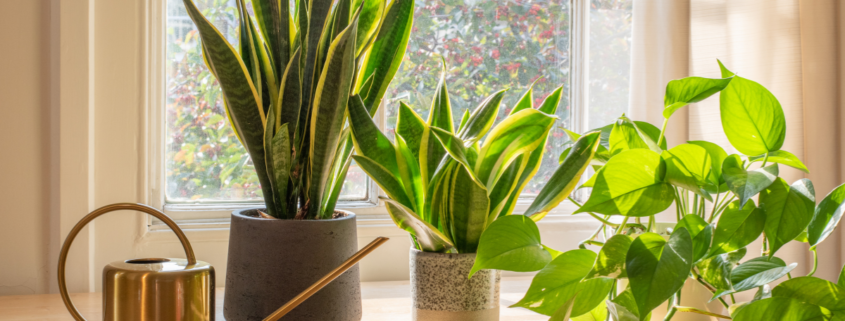


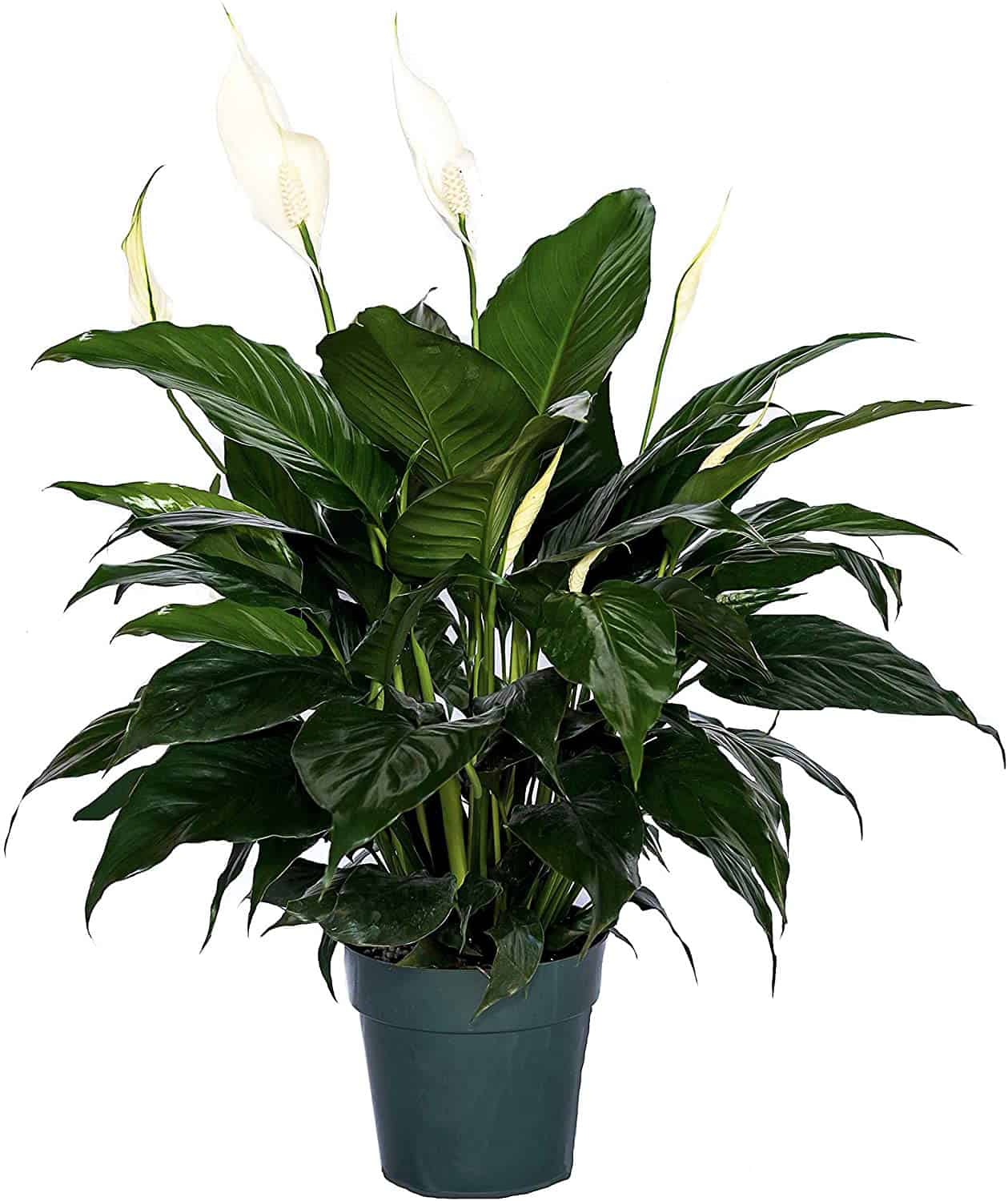
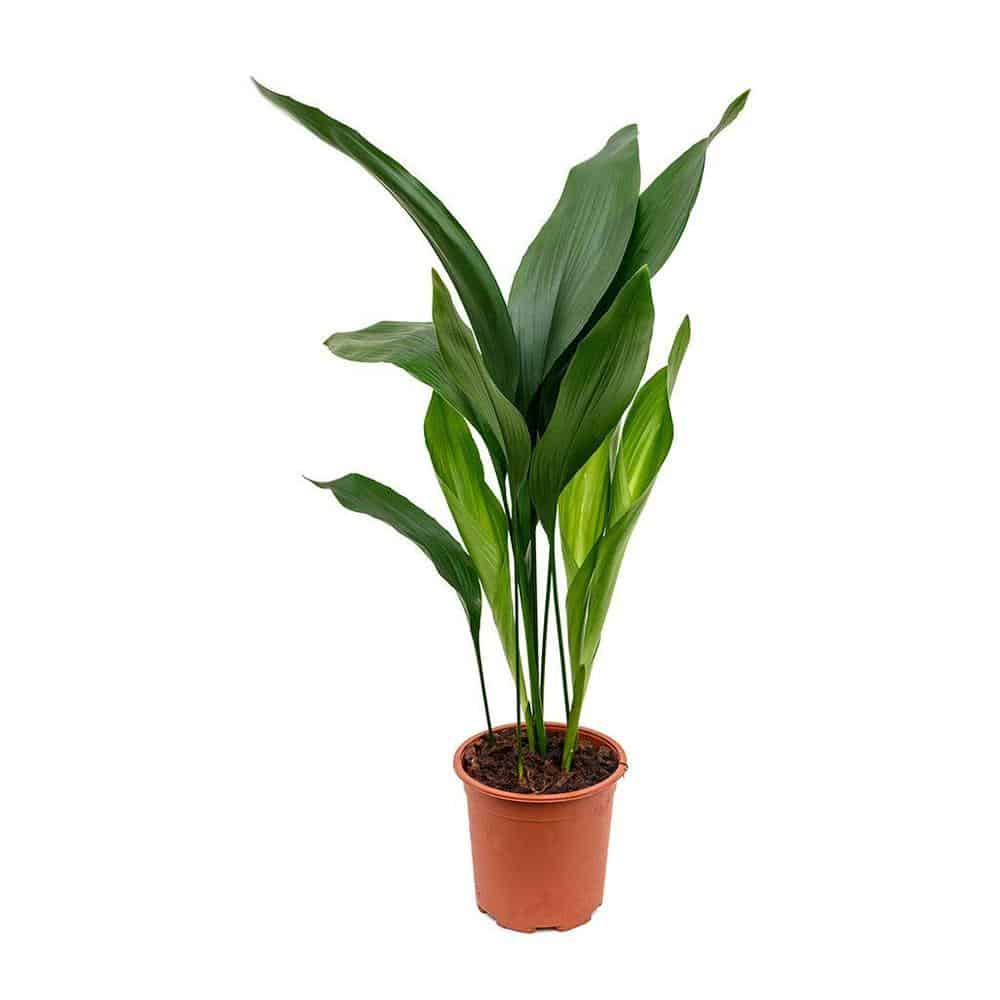
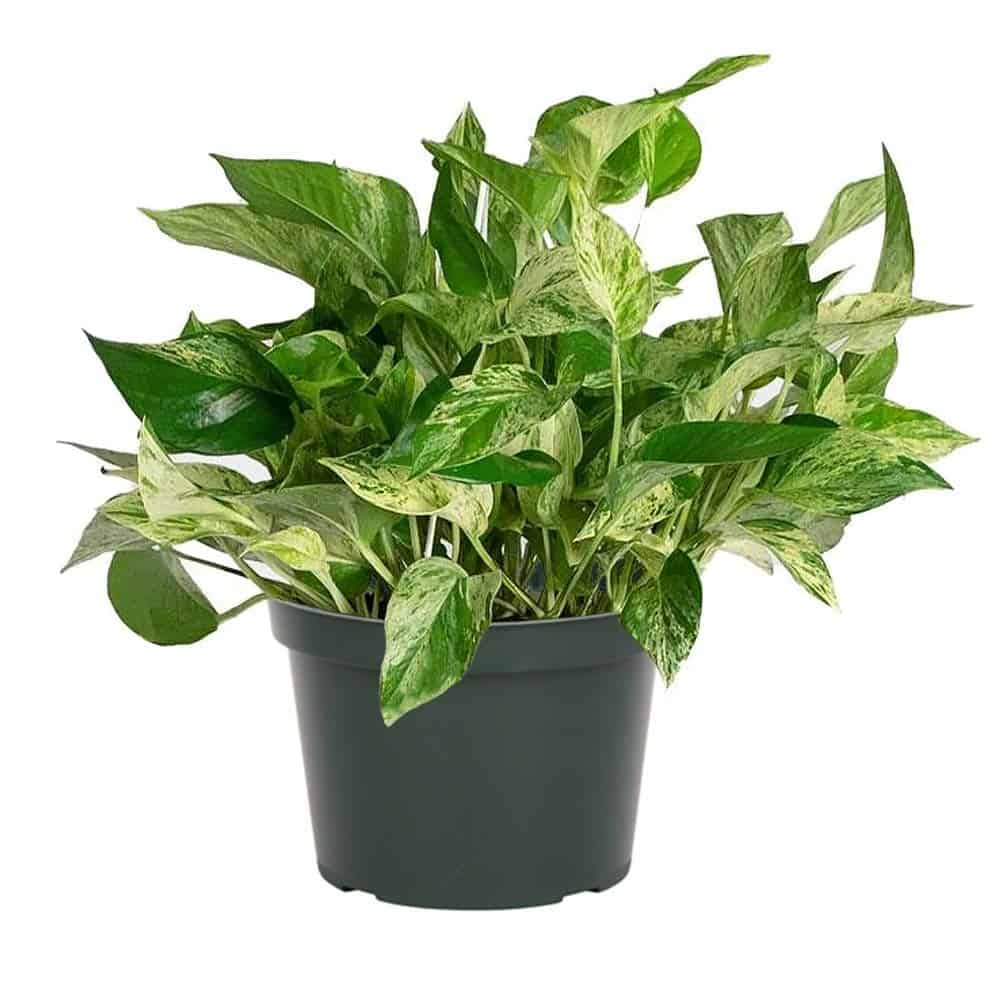
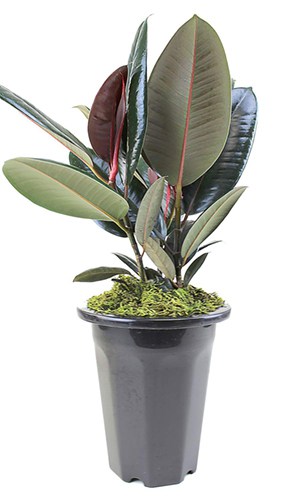
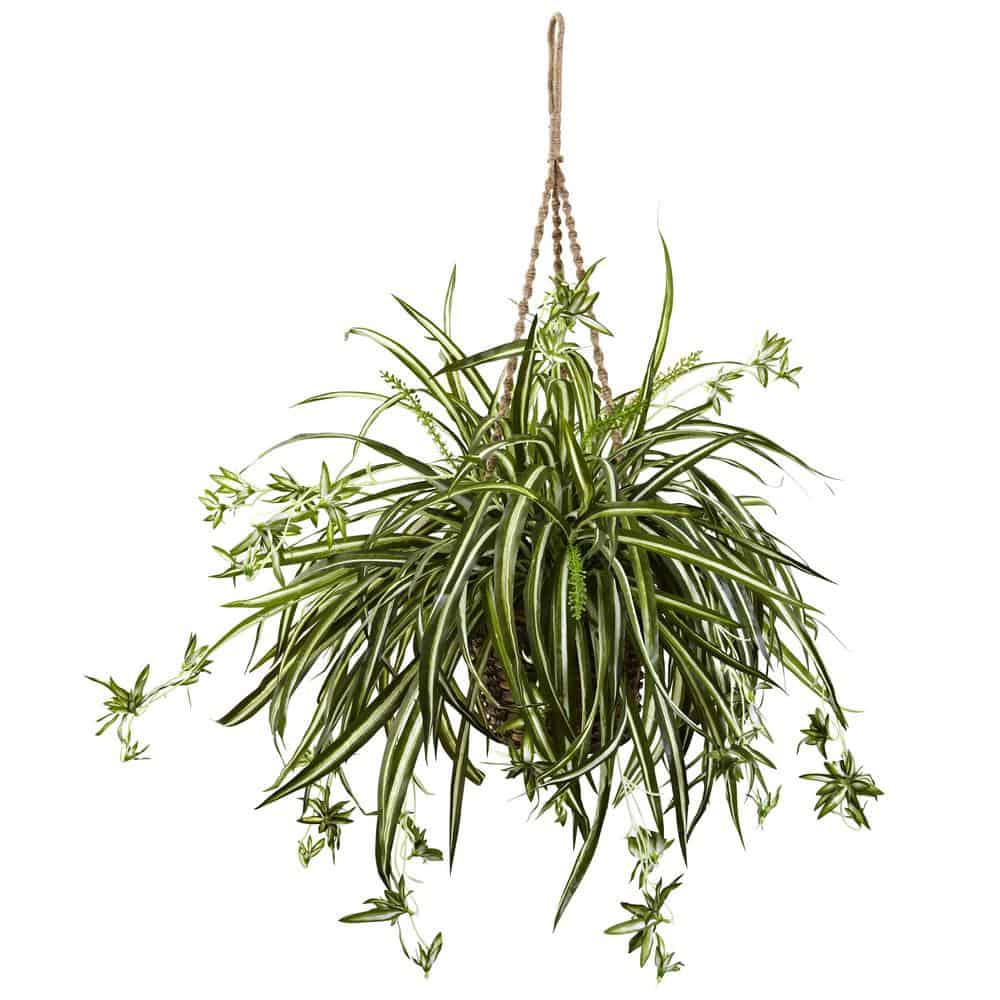
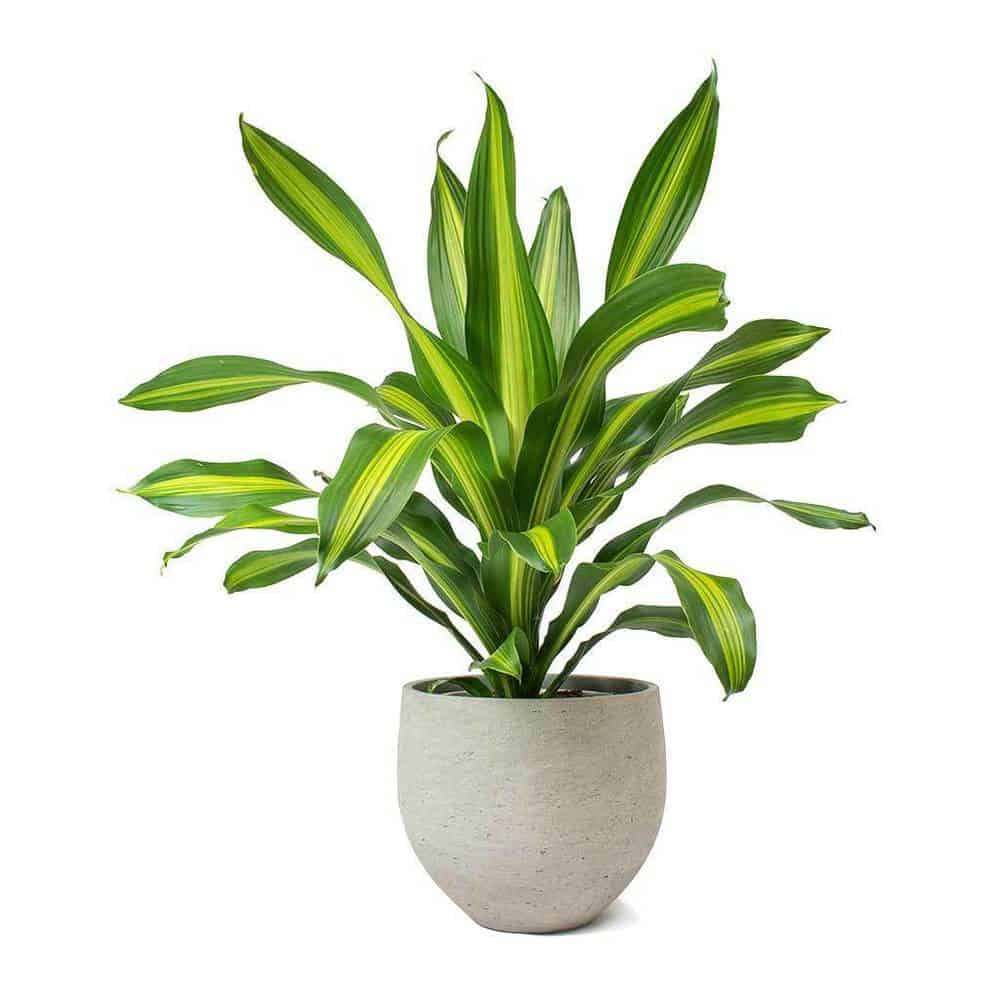
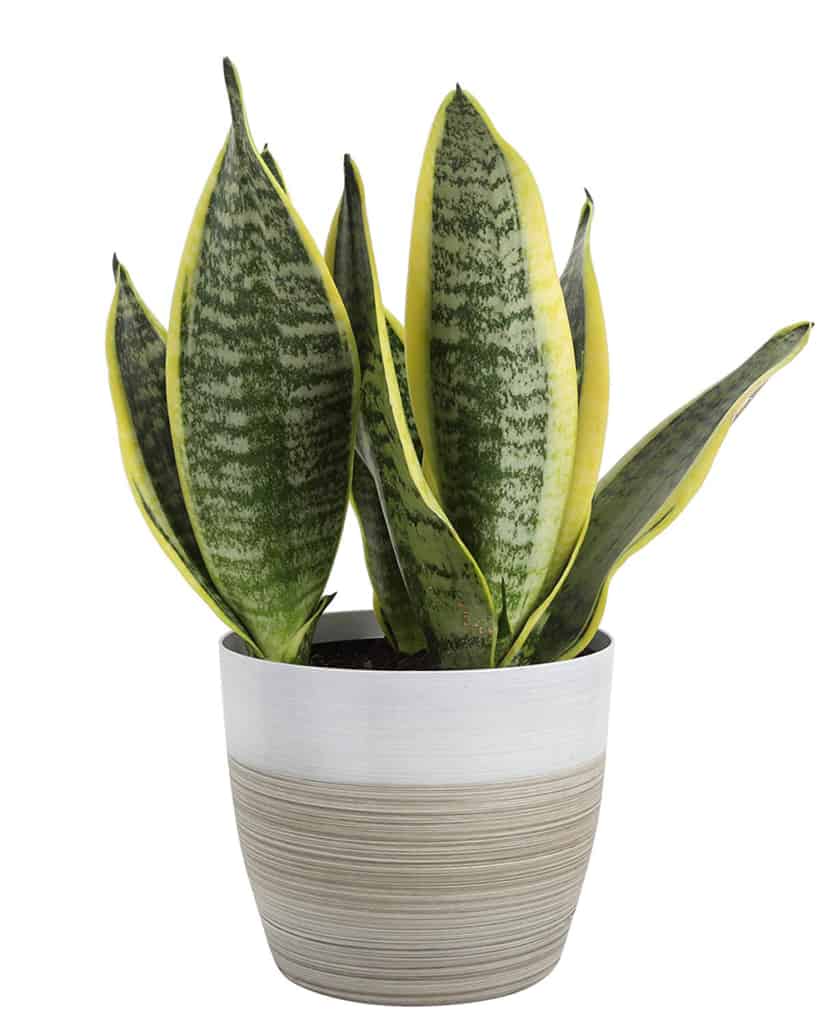
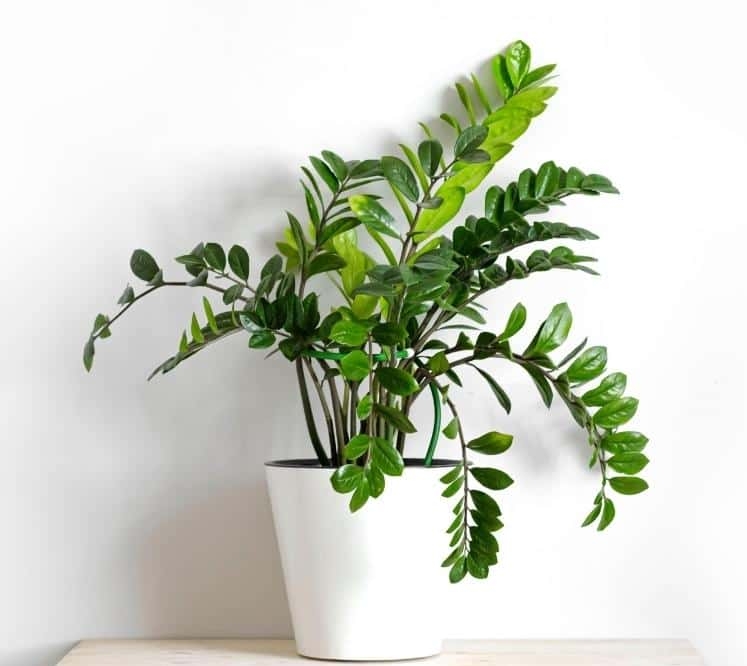
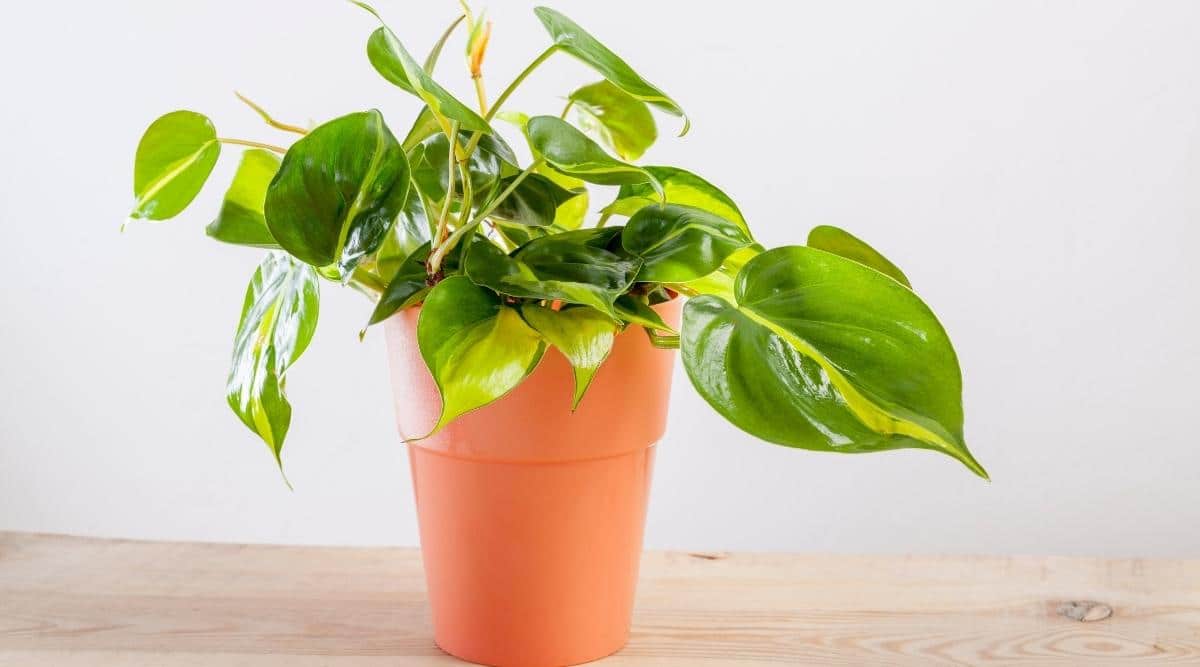


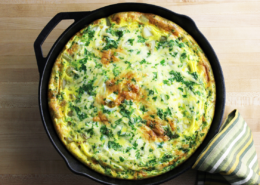
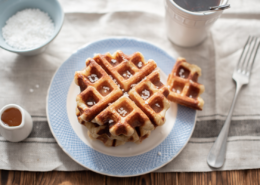
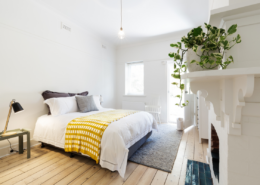
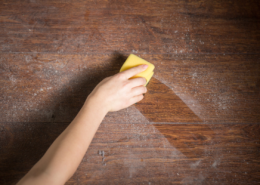



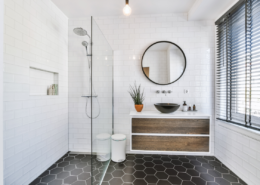



My corn plant is going on 6ft now.
It’s important to note that lilies are poisonous to cats.
Dieffenbachia is not good for pets or children.
I don’t know about the other pets or plants.
if you have cats,, PLEASE check this list at the ASPCA, it lists houseplants and outdoor too.
Toxic and Non-Toxic Plant List – Cats